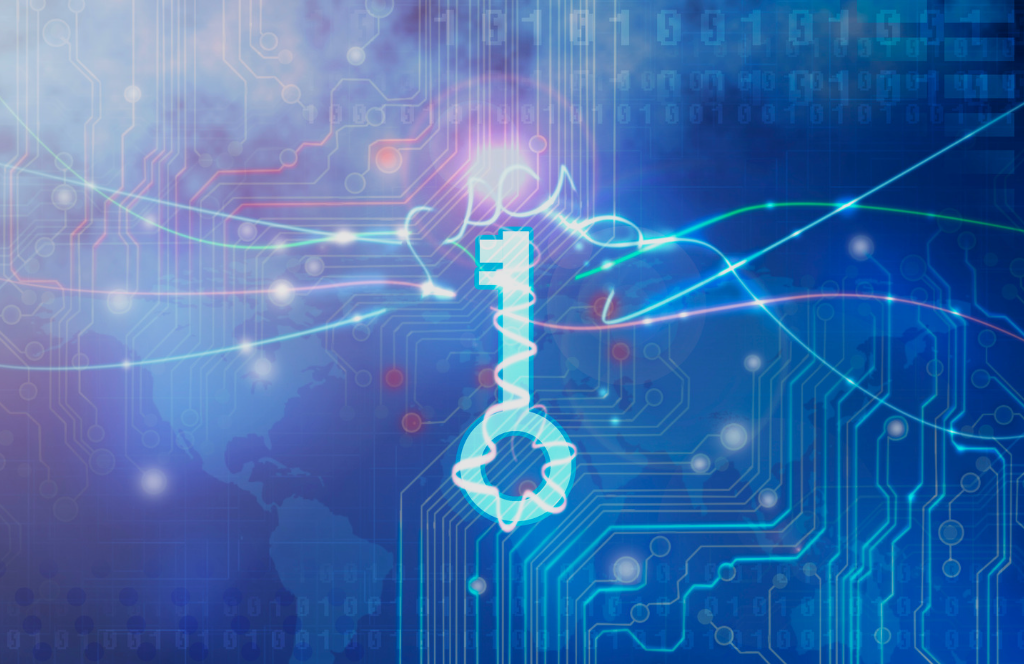Why Multi-Factor Authentication is Required for Cyber Insurance
Cybersecurity has gone from being the subject of movie scripts to something that affects our daily lives. Every online system that we use needs to be protected from unauthorized access so that our information is safeguarded from theft. From personal activities like social media and online banking to business-related systems, access to those websites and applications must be strictly locked down to each user that needs access. Multi-factor authentication (MFA) is one of the best ways to secure access to your applications by making if very difficult for a hacker to break in under your user account. It is also a requirement for your Cyber Insurance policy, here’s why.
What is Multi-Factor Authentication (MFA)?
Whenever you are signing into a website or application, you need to identify yourself. This process is known as authentication. Multi-factor authentication, or MFA, is a verification method that requires users to provide two or more pieces of information to prove who they are.
The most basic form of MFA is two-factor or two-step authentication. In the first step, users typically need to provide their username and password. If those are found to be correct, the authentication software will then ask for the second element. The second element is most commonly a unique numeric code that is either generated by the system you’re accessing and transmitted to the user’s email or phone (One-time pin or OTP) or is a synchronized code between the application and the user’s authenticator device or password manager (Time-based one-time password or TOPT) and changes every 30 to 90 seconds. This additional step makes it very difficult (not impossible) for a hacker to break into your systems since even if they had your password, they would not have the unique code at logon.
Of course, some highly secure environments ask for three elements in a row before granting access. Whether the application MFA includes two or more steps, the goal remains the same – to prevent unauthorized access to privileged information, which is usually the first step in a cyber-attack.
It should be noted that email-based MFA is not ideal, since email is not secure and can be intercepted even without access to the user’s inbox.
The rise of Cybercrime
While different aspects of business operations have been software enabled for many years, the sophistication of cyber criminals has ramped up significantly in the last 5 years. Experts estimate the cybercrime market to be in the $300 billion US range by 2025 and growing at double digit rates with global damages expected to surpass $6 trillion by this year. This lucrative market has motivated cyber criminals to develop new ways to gain access to business information, many of which are highly automated and start by cracking user’s passwords.
Once passwords are cracked, other automated systems (sometimes referred to as bots) use the user’s credentials to test access to different systems, including gaining access to corporate email and online storage such as Microsoft 365, OneDrive or Google Workspace. Through phishing attacks or malware-infected files, access to corporate information can be gained and held ransom or simply stolen. With MFA activated for the user, the bot (or live hacker) cannot gain access to the environment with only a username and password, stopping the attack at the front door.
Why is MFA requirement for Cyber Insurance?
The cost associated with the loss of key business data such as Personally Identifiable Information, financial information, health records, payment information, and more is significant and that’s what your Cyber Insurance policy is there to help mitigate. In fact, many small businesses do not survive a cyber-attack due to the costs to recover, hence the increasing popularity of Cyber Insurance.
Read our blog on the Importance of Cyber Insurance.
As such, Cyber Insurance providers are asking hard questions to confirm if crucial technology solutions are in place to mitigate the risk of a data breach. One of the top requirements of a Cyber Insurance policy is the existence of MFA for all users of applications that contain key business information. As such, this pretty much means every system in your business must have MFA enabled for every user that is accessing it.
Gaining buy-in for MFA
Can you skip multi-factor authentication? Some systems allow users to opt in or out of MFA options. Users can choose whether they are happy with a username and password only or would prefer additional layers of safety. This is especially common for users who are not used to MFA or find it difficult to utilize authentication apps or password managers.
Opting out of MFA may make it more convenient to access an account or an app in the short term. However, in the long term, this choice creates weak points that can put entire businesses at risk. It will also violate your Cyber Insurance policy, removing coverages in the event of a cyber-attack where you needed it.
To support user adoption of MFA in your business, explain the importance of this additional layer of protection. In most cases, users are probably becoming familiar with the concept in their personal lives (social media, banking, etc.) so we can draw parallels to our business systems.
Implementing MFA successfully can be straightforward with the help of the right partner and easy-to-use technology. TruPoint has developed a system that allows your business to secure critical information even when users are accessing your systems remotely. Contact us to schedule a free assessment and find out how TruPoint can help with all your IT needs.
